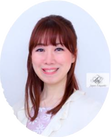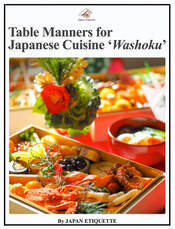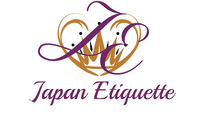Learn Yuma, Business Etiquette Expert Yuma, Business Etiquette Expert
Do you know how many types of Japanese bowing are there? Answer > Learn Japanese business manners from Yuma! |
Japan Etiquette E-books
Discover Japan by a series of our e-books here. |
Japan Etiquette Q and A5 things that are troubling for foreign people in Japan about Etiquette!1. Why do Japanese people wash their hands at Japanese shrines? Answer > 2. Why Japanese people slurp their noodles? Answer > 3. How should I take a bath in a Japanese hot spring? Is it true that everyone has to be naked in a hot spring? Answer > 4. When and where do I need to take off my shoes? Answer > 5. When will I pay for a taxi? Will it be at the beginning or at the end? Answer > Discover Japan by knowing Japanese Etiquette and broaden your world! |
Monthly TopicsWhat is ‘Tanabata’ 七夕?‘Tanabata’ is an annual event related to the stars, that is held in Japan on July 7th every year. It is originated from the legend of two stars called Orihime (Cow herder) and Hikoboshi (Weaving Princess). read more What is ‘Eel’ うなぎ ?The Midsummer Day of the Ox is the day that the Japanese people eat eel. The Midsummer Day of the Ox occurs around July 20. It is believed that people can regain energy and stamina, and overcome the summer heat by eating eel on the Midsummer Day of the Ox. read more |
|
We introduce Japanese culture on our Facebook page.
Let's become Facebook friends! @JapanEtiquette |
|
HOME
|
|
© 2020 J Style Office ALL RIGHTS RESERVED.
